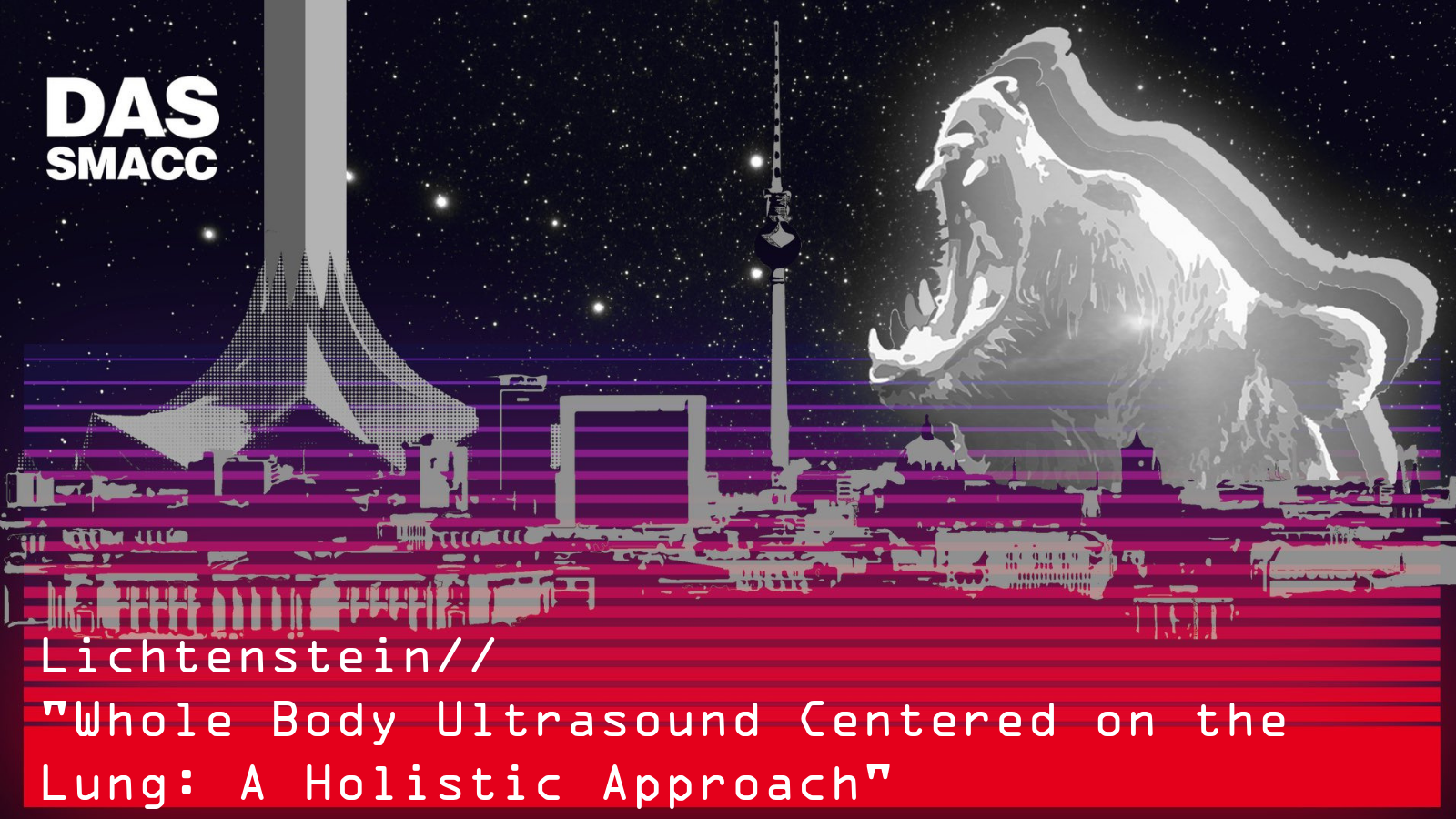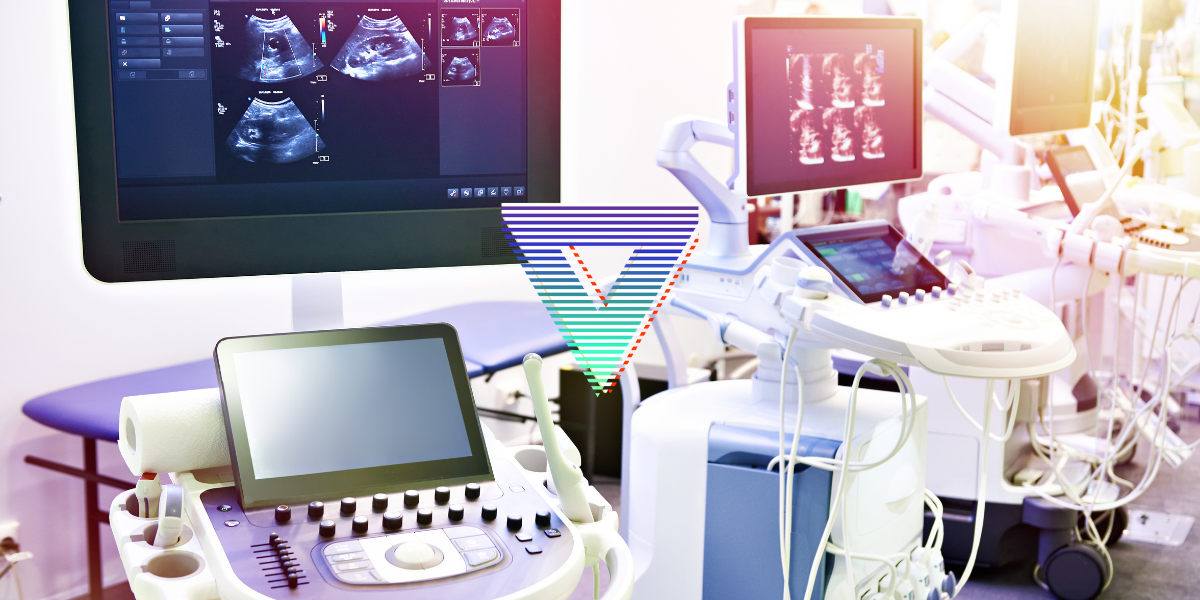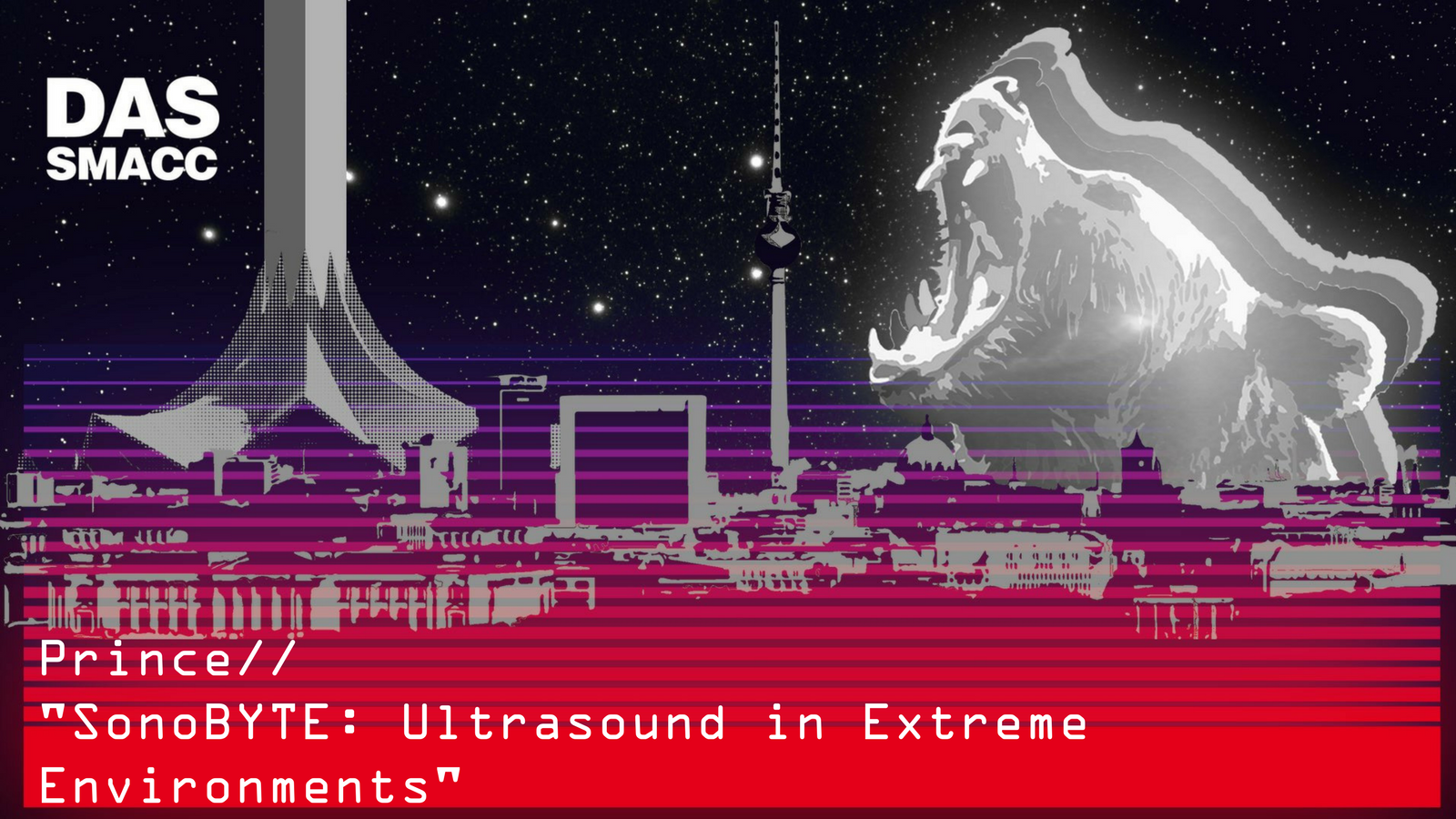Lung Ultrasound in Critical Care and Resuscitation: Daniel Lichtenstein
Daniel Lichtenstein wants to make his past your future. Join him on a journey through the history of lung ultrasound in critical care and resuscitation.
The scene is over 20 years ago in the desert of Mauritania. It is a noisy environment full of trucks and planes and motorbikes whipping up sand in a frenzy.
You are attending a chest trauma and suspect a pneumothorax.
However, in this chaotic environment, chest auscultation with a stethoscope is futile. Daniel describes a visual approach with a portable ultrasound in what was possibly the first extra-hospital ultrasound use.
Daniel also has a passion for in-hospital point of care. This stems from a time he “borrowed” an ultrasound machine from the radiology department and reached a critical diagnosis.
His journey with lung ultrasound in critical care and resuscitation was born. The usefulness of point of care ultrasound in critical care is far reaching.
It is used for subclavian catheter insertion, for searching for abdominal blood and assessing the optic nerve or inferior vena cava. It is even used for assessing the “forbidden” area – the lungs.
Evidently, the use of ultrasound is now ubiquitous; however, this has not always been the case.
Daniel will highlight the utility of lung ultrasound in critical care, highlighting how proper use of the technology provides a holistic care approach to your patients. He will discuss multiple protocols he has been a part of developing and use them as an example of the philosophy of ultrasound.
The ultrasound revolution is certainly happening, but the work that made it possible happened long ago!
Finally, for more like this, head to our podcast page. #CodaPodcast





